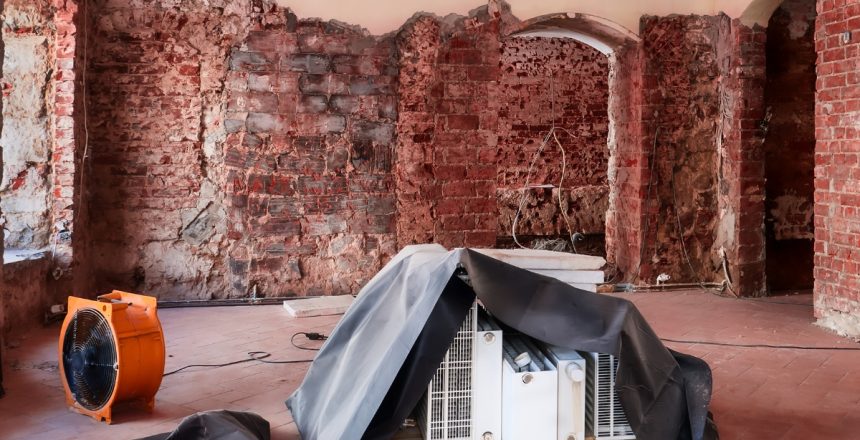Content Summary
- This can be used as a building material on its own or can repair damaged concrete structures.
- Recently, nano-coating has also become quite popular.
- If you aren’t sure what kind of sealant or coating you should get or how you should start with a concrete repair job, DC Byers Company/Grand Rapids can help.
Due to water infiltration, abrasion, or just exposure to the natural elements, even a material as tough as concrete and clay can break down and deteriorate. When building structures with concrete, like property, buildings, and bridges, the last thing you want is for the concrete to deteriorate.
Luckily, there has been a lot of development in recent times towards technologies that help mitigate damage to concrete and repair concrete to a healthy condition. If you are struggling with damaged structures, here are a few options you will find useful.
Polymer Mortars
Polymer mortars (also known as polymer additive mortars) are essentially cement and sand mixtures with the addition of polymeric admixtures. The polymer improves the performance of the mixture. This can be used as a building material on its own or can repair damaged concrete structures.
Generally, polymer admixtures will either be latex polymers, re-dispersible dry polymers, or water-soluble polymers. These materials improve flexural/tensile strength, adhesive properties, toughness, and chemical resistance and protect from freezing-thawing changes. Adhesive polymers are the best choice for repair work. With an adhesive polymer admixture, the cement mix can easily stick to bricks, clay, masonry, glass, steel, or any other building material.
Sealers and Coatings
Sealers and coatings are terms that are often used interchangeably when talking about concrete. In reality, these are two very different things. However, their purpose is the same, to ‘seal’ the concrete so that water, air, or any other harmful material cannot damage the cured concrete.
In most cases, ‘sealers’ are used for concrete that is exposed to natural elements. This can include driveways, walls, or any other structure that is out in the open. Coatings are primarily used for surfaces that need to be protected from specific kinds of substances. For instance, property floors, production floors in factories, and concrete floors in airplane hangars (that withstand a lot of weight) are ‘coated’ with protective layers that protect the concrete underneath from things like chemicals, oil, and pressure.
Sealers usually have the ability to penetrate the cement. They get into the capillaries of the concrete to protect it from moisture and prevent anything from getting in. They seal the porous concrete.
Coatings simply coat the surface of the concrete and can be as acrylics, polyurethanes, or epoxies. Each of these is better suited to specific tasks, but they all adhere to the surface of the concrete. Surface coatings can also be decorative, as they are available in different colors.
Recently, nano-coating has also become quite popular. This is ceramic coating that sticks to the surface of the concrete and has the ability to protect it from additional threats, such as UV light. They are also used to repel water, dirt, and other things that standard coatings can repel.
UHPC
Another option is to use Ultra High-Performance Concrete. This is concrete mixed with fibers that can be made from anything ranging from polyester to stainless steel. With these additives, the cement is far stronger. While it is still porous, the added strength helps it have a longer life. This is also a good material to use when repairing standard concrete as it adds strength to the repaired area and also makes it less porous than standard concrete.
If you aren’t sure what kind of sealant or coating you should get or how you should start with a concrete repair job, we can help. Call DC Byers in Grand Rapids at (616) 538-7300 for a full analysis of your building’s restoration. Our experts can visit your property to give you a detailed evaluation and help you complete the job.
